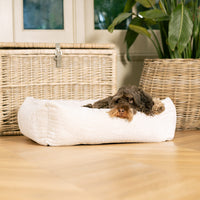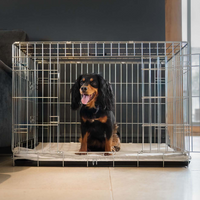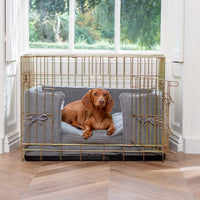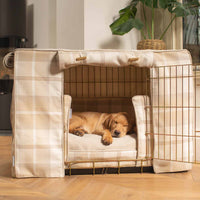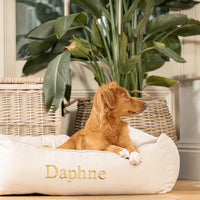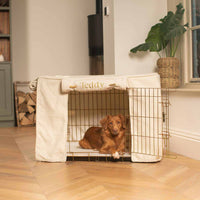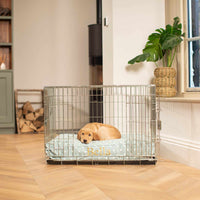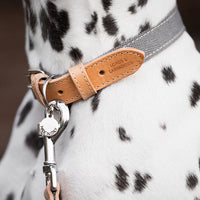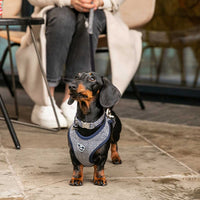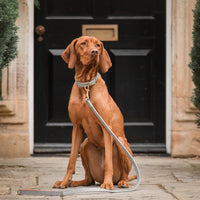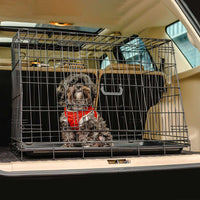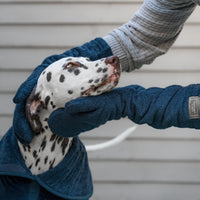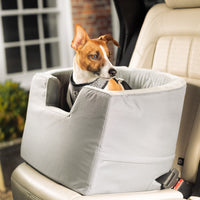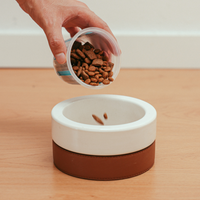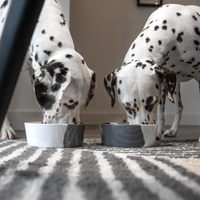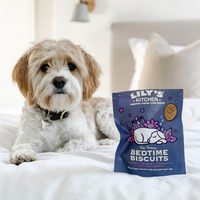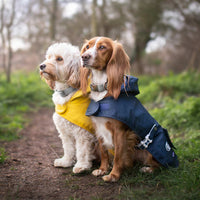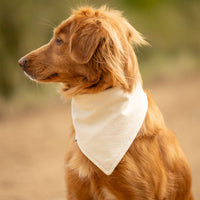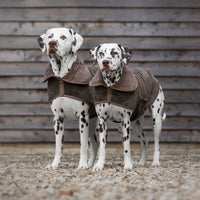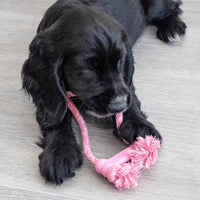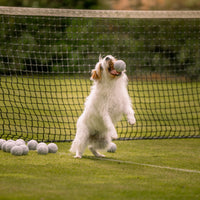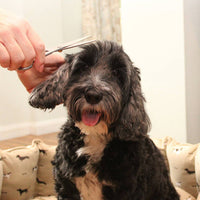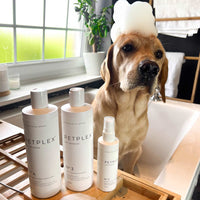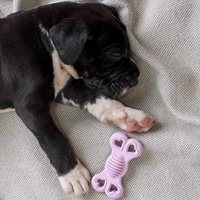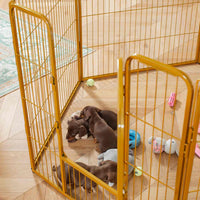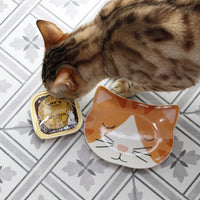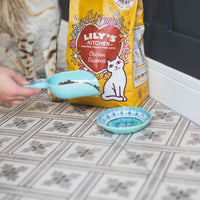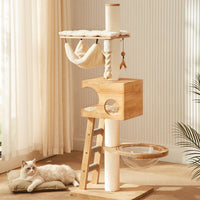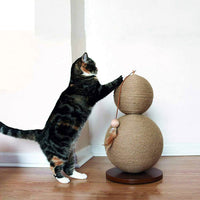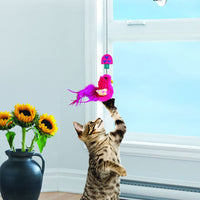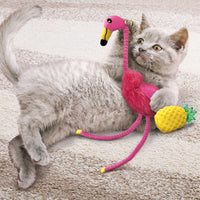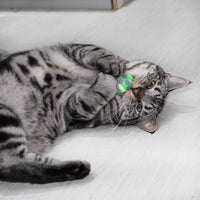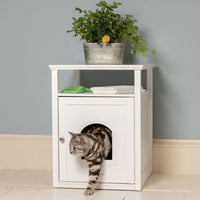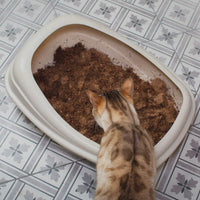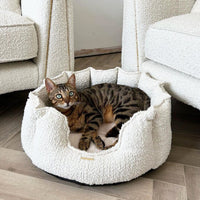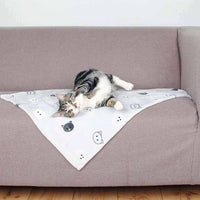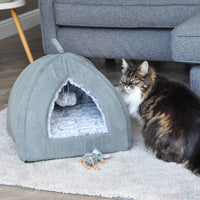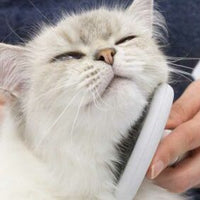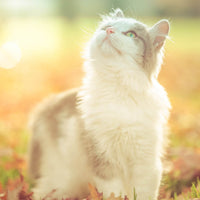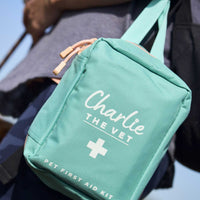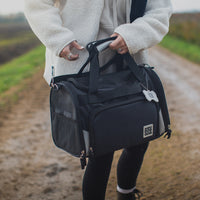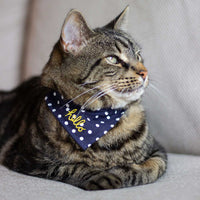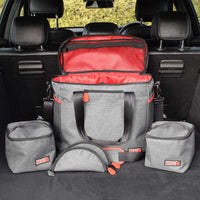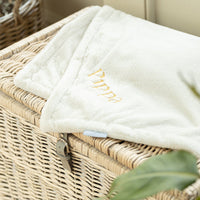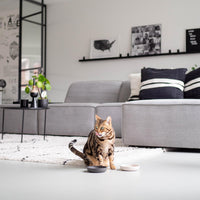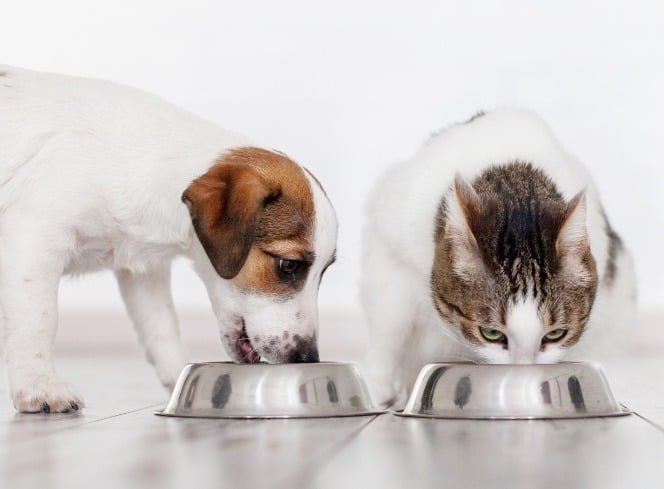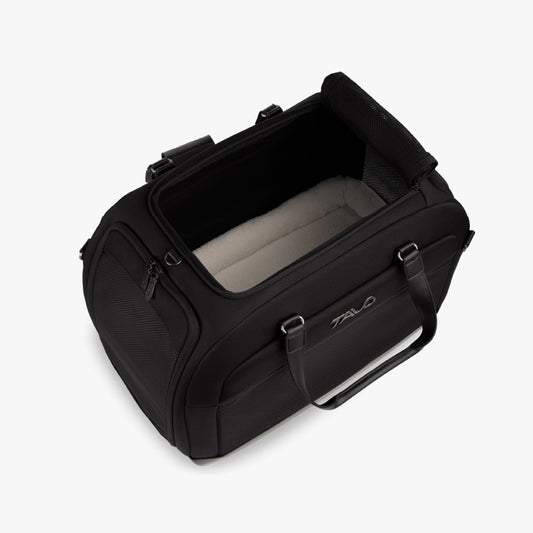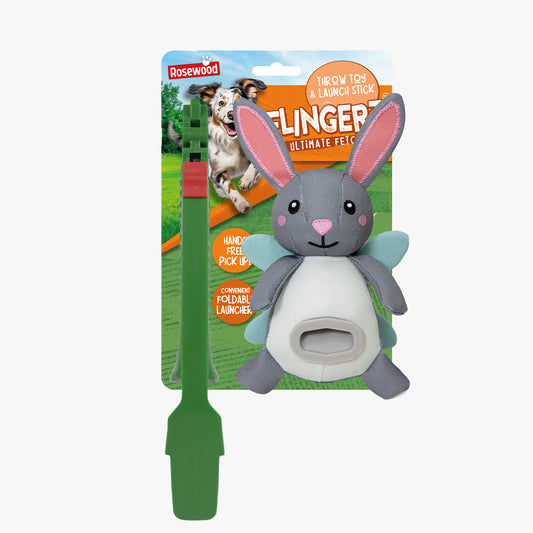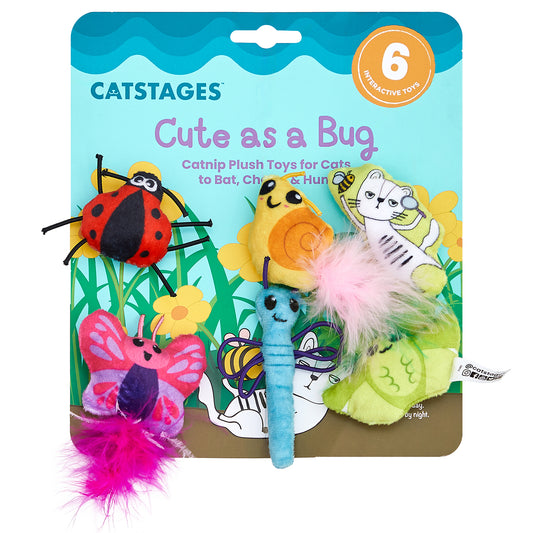Welcome to the ultimate guide on Coton De Tulears! If you’re considering adding one of these adorable fluffy companions to your family or if you already have one, this comprehensive guide will provide you with all the essential information you need to know about Coton De Tulears, from their personality traits to health issues, training, dietary needs, and everything in between. To shop all the essentials for your Coton De Tulear click here for our personalised shopping guide!
Coton De Tulear Facts and Information
The Coton De Tulear is a small, cheerful, and affectionate dog breed known for its cotton-like coat and charming personality. Originating from Madagascar, they were initially bred as companions, and their name comes from the French word "coton" for cotton. They are a beloved breed for their loving nature and gentle disposition.
Coton De Tulear Personality and Traits
Coton De Tulears are renowned for their friendly and sociable nature. They thrive on human companionship and are known to be excellent family pets. Their playful demeanour makes them wonderful companions for households with children, and their affectionate nature means they form strong bonds with their owners.
Coton De Tulear Health Issues
While generally healthy dogs, Coton De Tulears may be prone to certain health issues such as luxating patella, hip dysplasia, and progressive retinal atrophy. Regular veterinary check-ups, a balanced diet, and proper exercise can help maintain their overall health and well-being.
Raising A Coton De Tulear

Raising a Coton De Tulear requires patience, consistency, and love. Early socialisation and positive reinforcement training are essential to ensure they grow into well-behaved and well-adjusted companions.
Coton De Tulear Training
Coton De Tulears are intelligent and eager to please, which makes training a rewarding experience. Positive reinforcement techniques, such as treats and praise, work best with this breed. Consistent training from an early age helps establish good behaviour patterns and strengthens the bond between owner and dog.
Exercise Needs of a Coton De Tulear
Coton De Tulears are moderately active dogs that enjoy daily walks and playtime. Aim for around 30 minutes to an hour of exercise per day to keep them mentally and physically stimulated.
Best Walking Accessories for a Coton De Tulear
Investing in a comfortable harness and a sturdy lead is essential for enjoyable walks with your Coton De Tulear. Choose accessories that are lightweight and adjustable for a snug fit. We love the Cocopup London walking accessories, they are lightweight and super adjustable as well as coming in so many cute patterns.
Dietary Needs of a Coton De Tulear
Providing a balanced diet is crucial for the health and longevity of your Coton De Tulear. Choose high-quality dog food formulated for small breeds and monitor their portion sizes to prevent overeating.
Best Food for a Coton De Tulear Puppy
When selecting food for a Coton De Tulear puppy, opt for formulas specifically designed to support their growth and development. Look for puppy food that contains essential nutrients such as protein, vitamins, and minerals. We particularly love the ACANA Small Breed Puppy Food, it’s made with 70%* protein-rich quality animal ingredients so it is perfect for supporting your Coton De Tulear’s development.
Best Food for a Coton De Tulear
As your Coton De Tulear matures, transition to an adult dog food that meets their nutritional needs and the ORIJEN Small Breed Dog Food does just that. It is made from 85% quality protein including fresh or raw chicken, turkey, wild-caught fish, it is also rich in Omega-3 and Omega-6 fatty acids support healthy eyes and skin, and a shiny coat so is a perfect food choice for your pup.
Coton De Tulear Bed

Your Coton De Tulear will want a cosy bed to rest and relax in, luckily beds are our speciality. If your Coton De Tulear is anything like ours they will absolutely love a high wall bed! Nush loves the high sides of her granite bouclé bed for curling up in at nap time and the cloud-like Bouclé is super snuggly.
In conclusion, Coton De Tulears are delightful companions known for their affectionate nature and charming personalities. With proper care, training, and attention to their needs, they make wonderful additions to any household. Whether you're considering welcoming a Coton De Tulear into your family or you're already a proud owner, this ultimate guide will help you provide the best care for your beloved canine companion.


